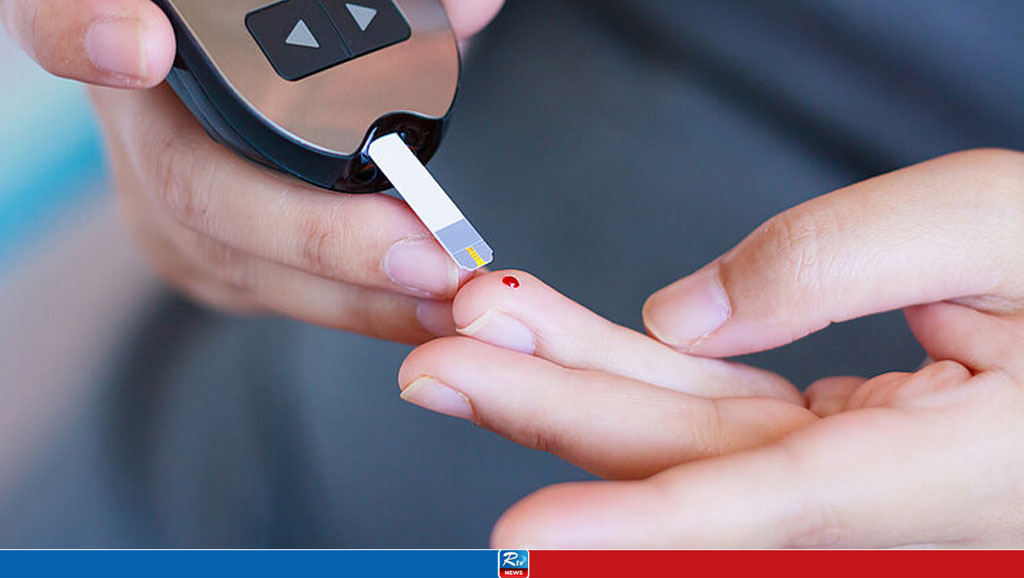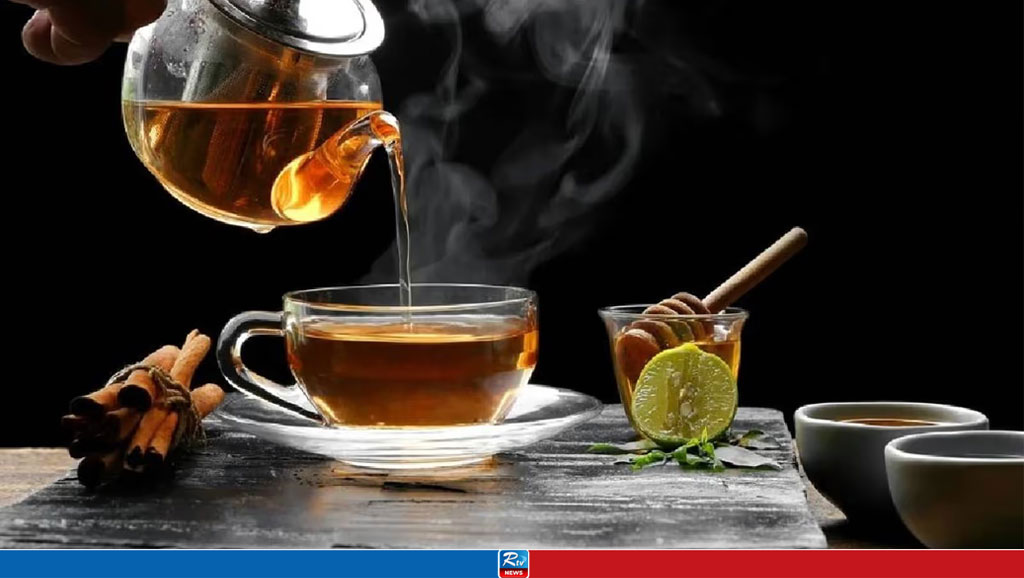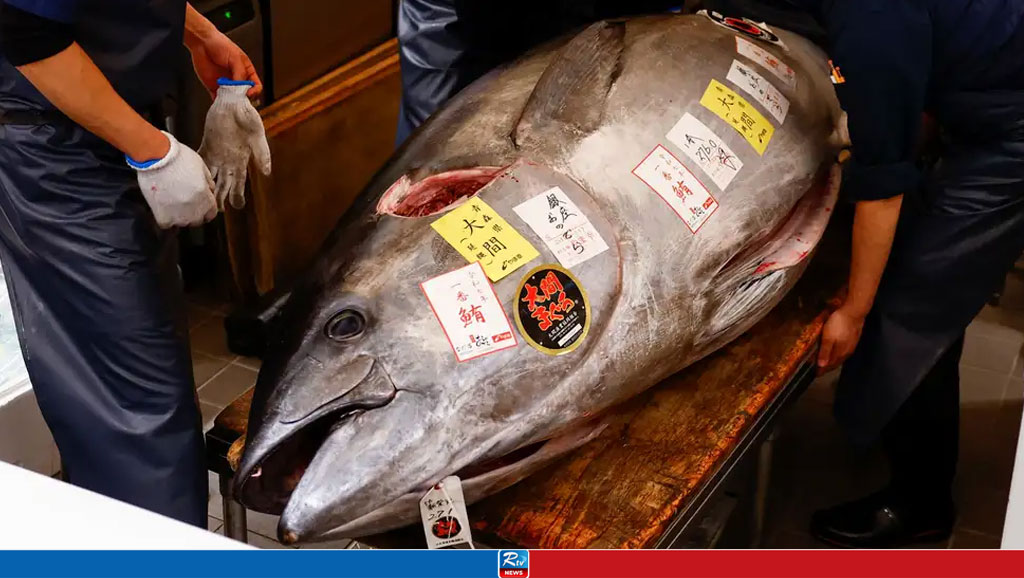The secret history of Japan’s best sweets

There is a legend that a group of Portuguese monks were sailing to Macao when their ship hit bad weather and they landed in Nagasaki, Japan, instead.
That accidental encounter ended up changing Japan – and its food – forever. One thing these monks, and the many Portuguese who would come after them, brought to the country was a simple, powerful and much-loved ingredient – sugar.
During the 16th century, Nagasaki, on the island of Kyushu, was the only city through which foreigners could trade with the Japanese. As a result, it developed the strongest sweet tooth.
Many of Japan’s present-day favorite wagashi – sweets – have their origins on Kyushu.
One of these is castella, a Portuguese-inspired pound cake. Though the style of making pound cake came via Portugal, one ingredient makes it specifically Japanese: mizuame syrup, which is made from glutinous rice.
The best place to snag some for yourself is at Fukusaya. It’s a well-known cake shop chain, with the first location opening – where else? – in Nagasaki in 1624. In Fukuoka, the largest city on the island of Kyushu, Fukusaya’s main branch is in the busy Akasaka neighborhood, not far from where tourists spill into the city from Hakata Station, western terminus of the Shinkansen high-speed train line.
The castella here are cut into cubes, individually wrapped in colorful packaging and placed into gift boxes.
Though there are occasional special flavors like sakura (cherry blossom) in the spring or chocolate around Christmas, it’s the classic castella that still sells the most, according to an Akasaka employee.
Castella (kasutera in Japanese) also makes an appearance in another popular Japanese sweet, dorayaki. Here, the castella cake is thinner and made into a pancake with a layer of sweet red bean paste inside.
Source: CNN
Comments
New Year's Food Traditions Around the World

There's No Need to Shower Every Day – Here's Why

5 Superfoods That Prevent Kidney Damage

Diabetes, Here's What Happens to Body If You Skip Breakfast

Foods That Relieve Cold, Cough, and Flu Symptoms

Skin-Whitening Creams Can Cause Kidney Problems

Bodybuilders Defying Feminine Norms in South India


 Live Tv
Live Tv




